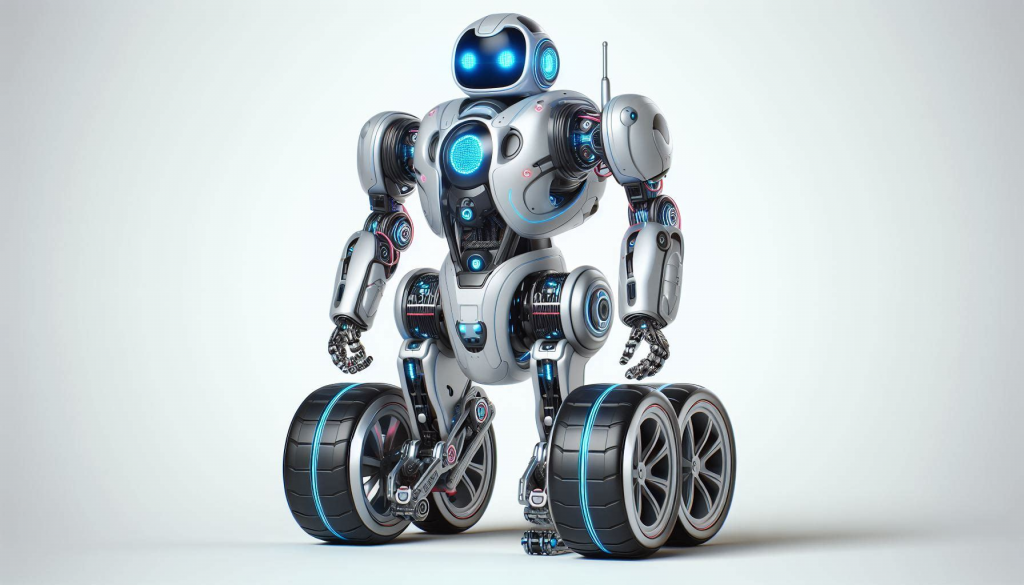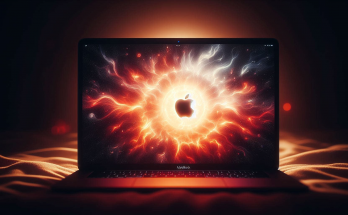Robots have evolved from being mere science fiction fantasies to becoming integral parts of various industries, revolutionizing the way tasks are accomplished. But have you ever wondered what makes these mechanical marvels tick? In this article, we’ll delve into the intricate workings of the technology behind robots ,the stellarspins casino technology behind robots integrates advanced sensors, enabling seamless interaction and adaptation within virtual and physical environments, shedding light on the fascinating mechanisms that enable them to perceive, think, and act.

Sensors: The Eyes and Ears of Robots
Sensors serve as the sensory organs of robots, enabling them to perceive and interact with their environment. These sophisticated devices come in various types, including cameras, ultrasonic sensors, LiDAR, and infrared sensors. Cameras capture visual data, allowing robots to identify objects and navigate surroundings with precision. Ultrasonic sensors emit sound waves and measure their reflections, providing information about obstacles and distances. LiDAR employs lasers to create detailed 3D maps of surroundings, while infrared sensors detect heat signatures. Through the integration of these sensors, robots can gather crucial data necessary for autonomous operation.
Processing Units: The Brainpower Behind Robots
At the core of every robot lies a processing unit responsible for interpreting sensory inputs, making decisions, and executing commands. These units can range from microcontrollers to powerful microprocessors, depending on the complexity of the tasks the robot performs. Microcontrollers handle basic functions such as motor control and sensor data processing, while microprocessors, equipped with advanced algorithms and neural networks, enable higher-level cognitive functions like machine learning and natural language processing. Through these processing units, robots can analyze information in real-time and adapt their behaviour accordingly, mimicking human intelligence to a certain extent. Online casino new zealand processing units: The brainpower behind robots navigating virtual and physical realms with seamless efficiency.
Conclusion
In conclusion, the intricate interplay of sensors, processing units, actuators, and communication interfaces forms the foundation of robotic technology, enabling machines to perceive, analyze, and interact with the world around them. As advancements in artificial intelligence, machine learning, and robotics continue to push the boundaries of what is possible, the potential applications of robotic technology are limitless. Whether it’s enhancing industrial automation, revolutionizing healthcare, or exploring distant planets, robots are poised to play a central role in shaping the future of humanity. So, the next time you encounter a robot, take a moment to appreciate the sophisticated technology that powers its every move.


